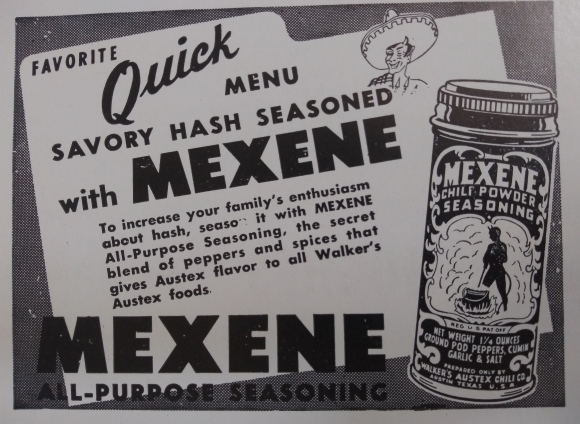From my grandfather’s papers/mimentos:
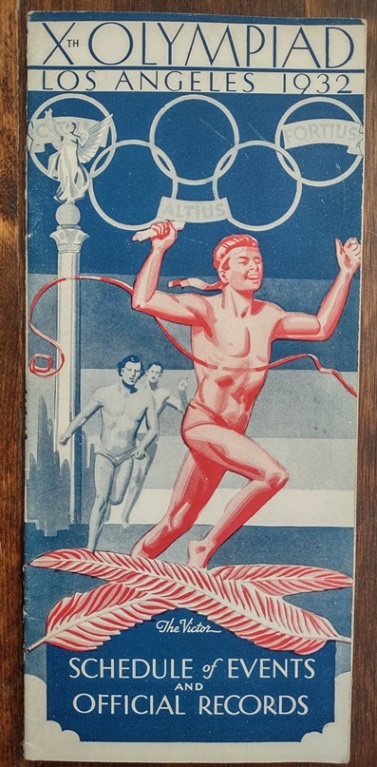
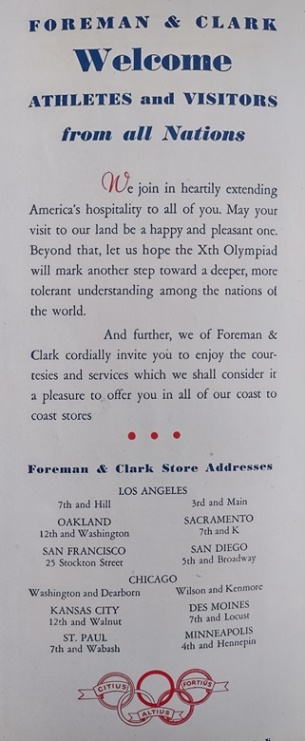

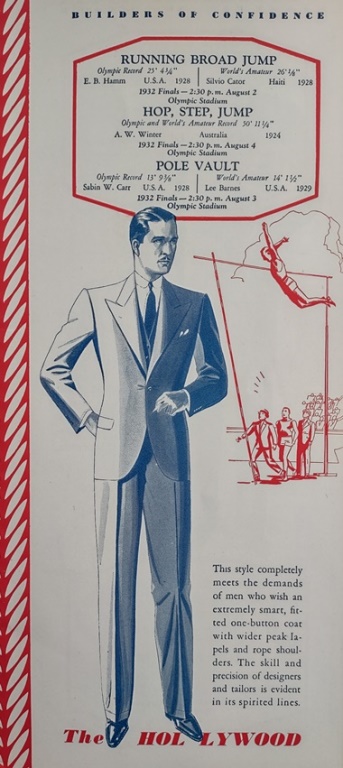
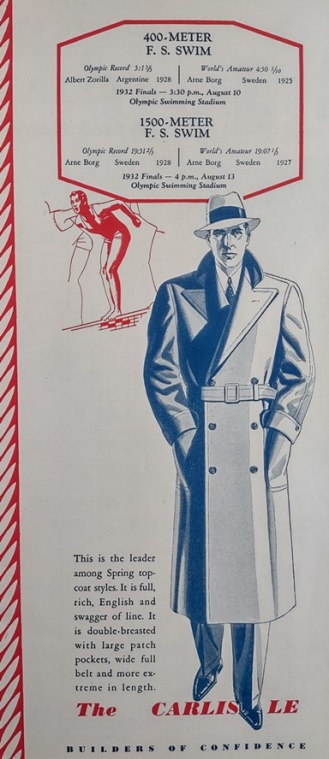
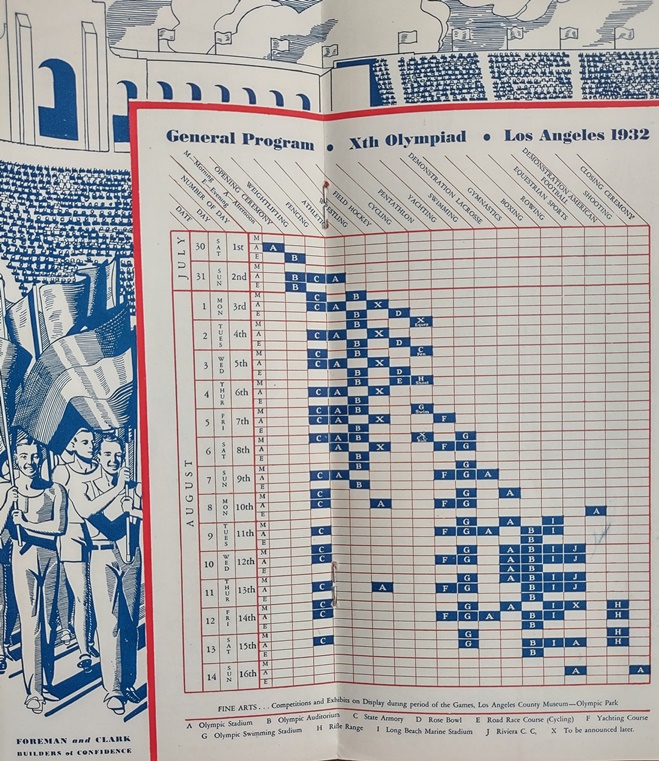

From my grandfather’s papers/mimentos:







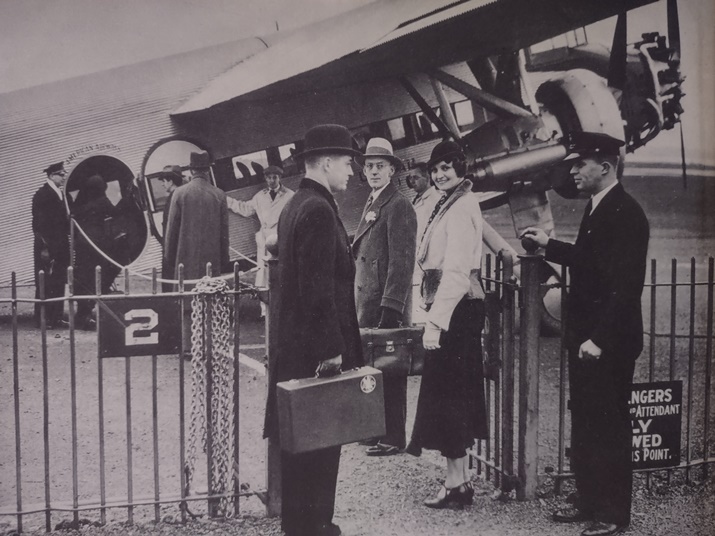
Passengers board a Ford tri-motor plane in 1932, a plane which carried only a dozen folks and cruised at 125 mph. Note the attention to clothing and accessories, as this was not a local jaunt to Walmart.
Below are “air stewardesses” in 1935, chosen for their short stature as well as their XX chromosomes. In addition, all were trained nurses.
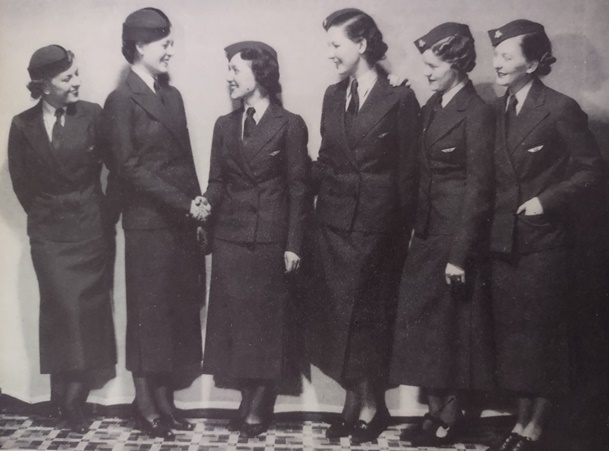
Now we see an actual airborne photo of an American Airlines DC-4 with a top speed of 211 mph at 10,000 feet. She looks sturdy, no? Up, up, and away!

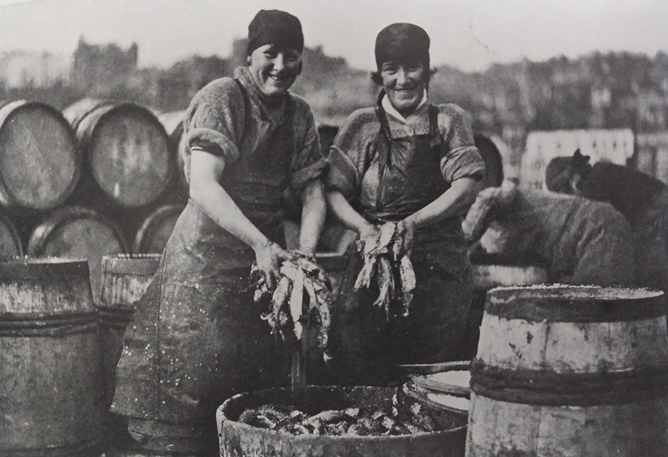
I’ve never understood folks who write off an entire category of food. My mother-in-law visited a few days ago and announced that she didn’t like fish because it was too fishy. This was soon after I’d ordered the salmon Caesar salad at Longhorn Steakhouse. I told her it was a gamble, like nuts. Sometimes you get a rotten cashew. Sometimes the fish is fishy. Jim Gaffigan has a whole routine about hating fish.
Then there are sushi snobs who go on and on about bluefin and skipjack. Not me. I ate a Luby’s fried cod platter as a girl. I ate fish tacos as a young adult. I had drum that one time on my honeymoon that we splurged. And I had the salmon Caesar last week on my wedding anniversary, which happened to coincide with her visit. She did say she liked lobster, however. My husband’s allergic, so I don’t even remember what lobster tastes like. If we could afford it, I’d eat fish several times a week. In this economy, I have tin cans of Crown Prince kipper snacks piled in the pantry.
Kipper are actually herring, same as the ones held by the “Scotch lassies” above. These girls numbered among the many Scots who came to work by the hundreds to Whitby, a seaside town in North Yorkshire, England. During the herring season of 1932, folks literally rolled up their sleeves, got their hands dirty, and dug in. Might not be as easy as shooting fish in a barrel, but it’s honest work.

Young British women stroll through the city streets in the 1930s, wearing swimsuits their mothers would have never dared don. I can tell it’s not near Texas, as wet pavement is as rare a treat as a Yeti sighting–although ladies striding arm in arm in swimwear through a downtown district is rare itself. Actually, I had shoes like that once, in my cousin’s 1998 wedding, where I served as maid of honor. I believe they were satin. I did not wear them after rainstorms.
Perhaps it is my age, but even now, 90 years later, these suits still seem to leave little to the imagination. However, the women seemed pleased with their freedom, evidenced by smiles from ear to ear–and oddly even teeth, considering the source. Cheers to the days of youthful summers.
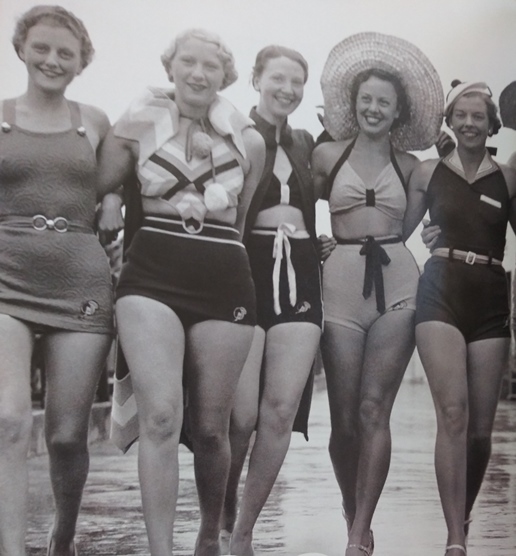
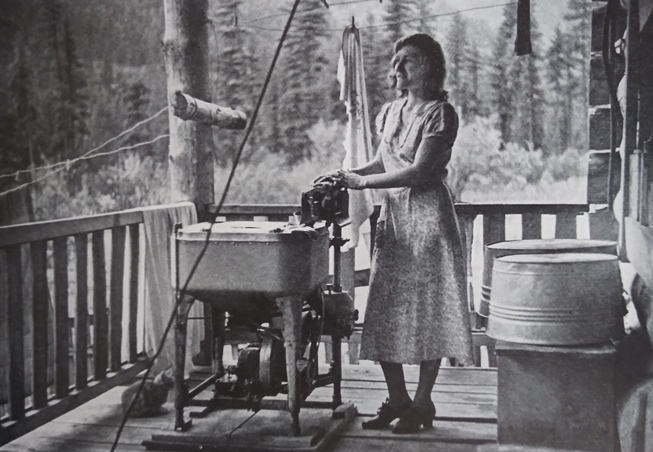
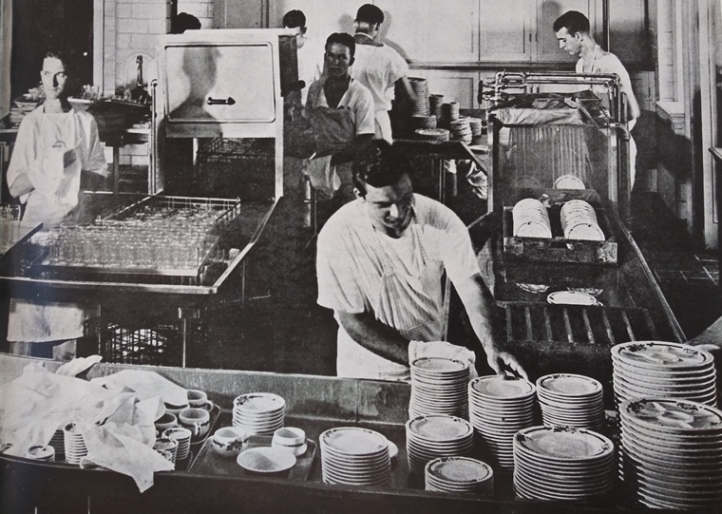
Last year, when travel was limited, I shared with my dear readers, in two separate posts, some lovely vintage postcards from the Côte d’Azur. Today, we add the third and final installment.
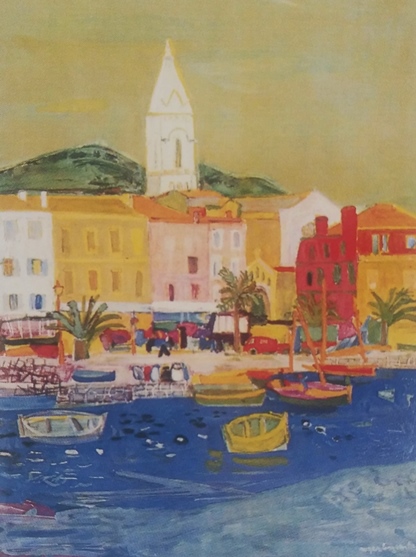

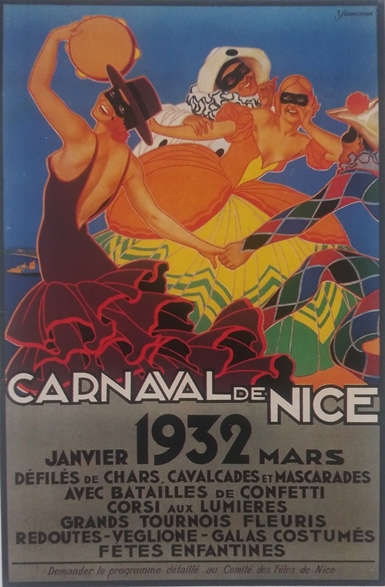

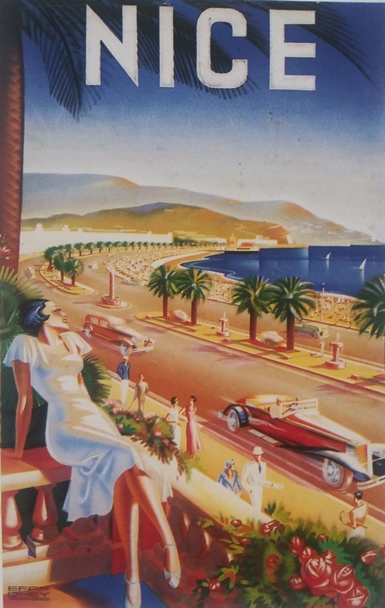

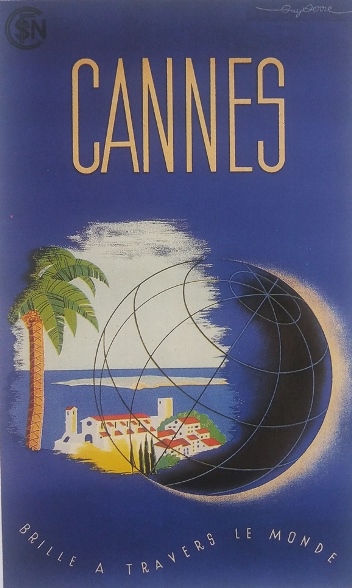


Seen here are the adorable faces of Jewish pupils and their schoolmaster, who has just led them outside of a Tunisian synagogue to take their picture. These children were descended from Jews who fled the destruction of Jerusalem in the first century, to the island of Djerba.
Never heard of Djerba? Well, allegedly, it is the island of the lotus-eaters where Odysseus was stranded on his voyage through the Mediterranean Sea. Eating lotus left the natives in a perpetual state of bliss. Shall we go?
Well, if you’re a single woman, probably not. The men there tend to verbally accost the weaker sex, per travelsafe-abroad. com, which also advises all LGBT to avoid it all costs, as they are not welcome. It also suggests that should unwanted attention be cast your way, that you say, “Harem Alayki,” which means, “Shame on you!” Feel free to use it today, if your dog has made bad choices.
If, however, you are a straight male, as usual, you can go wherever you’d like. May I suggest the Hotel Meridiana? The help will happily pour you coffee in the lobby, while you can’t decide if you’re in the movie Aladdin, or at the Cheesecake Factory. Either way, you win.

Back in 1937, TikTok didn’t demand five hours of each day, so folks would actually sit and read a 44 page article about a foreign country in National Geographic. The folks at Nat Geo knew their fascinating photos and clever captions would wet the whistle of those with the traveling bug, so travel ads were placed in portrait style near the end of the magazine.
This first ad designated certain activities for different ages, like remodeling a colonial cottage, an easy task for a 100-year-old to tackle.
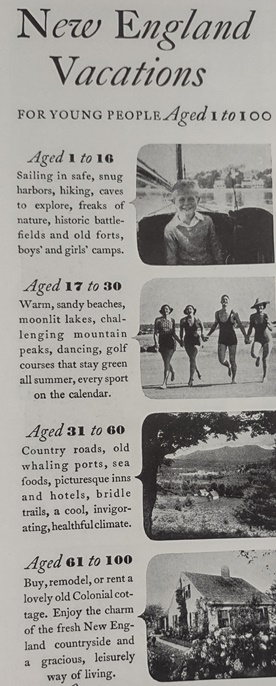
Other ads designated the means of travel, like this one for Oregon highways. Why not drive? Gas was cheap, and you were probably about to be evicted due to the high unemployment during the Depression. Hit the road, Jack!
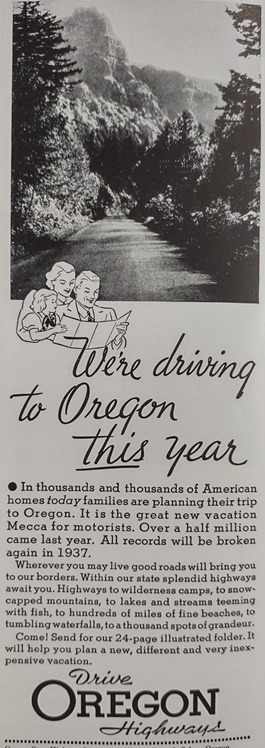
Other ads just plain scared the tar out of you with images of Irvin Cobb’s unfortunate countenance.

Who wouldn’t want to angle or loaf or tramp in Canada? It’s where they film all the Hallmark movies. And as long as you’re already up north, might as well hop aboard a nine day Alaskan cruise, for just under $100. You might see indigenous peoples wearing blankets and holding indigenous art. They may or may not come in peace.

Alaska not your cup of tea? Well, 1937 is a great time to tour Germany. Hurry, before war breaks out. At that point, they may not offer so much Gemütlichkeit, or good cheer, for which they’re famous.

Need more neutral surroundings? Nothing like a travel ad to seduce you with the devaluation of the franc, and how much more you can buy with your boss US dollars. Think about it: reduced rail fares, no visas, no “money formalities,” no vax card. Don’t overthink it; just go.

Perhaps neither cruise, plane, nor Oregon highway tantalizes. Then all aboard the Milwaukee Road Hiawatha (fun word alert), headed toward the unspoiled Northwest.
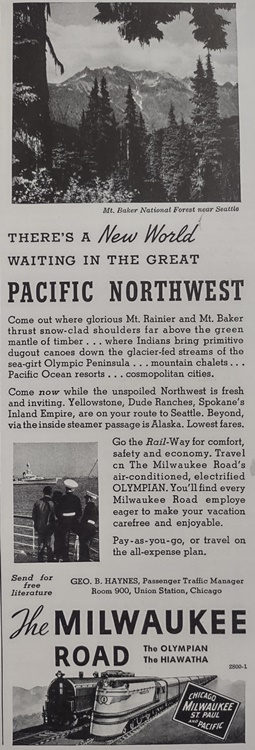
Take in the “sea-girt” peninsula. That means surrounded by sea. Feel free to use that word later today. I can think of lots of things that the Northwest is surrounded by, especially in the inner cities. But not in 1937! So there you go, folks. Do you think any of these ads would have enticed you if you had been alive then? Which one beckons most?
I remember reading an article when Ronald Reagan passed, stating that, at his year of birth in 1911, life expectancy was 49 years old. Reagan died at 93. Clearly, medical care had improved during those 93 years. But it’s still hard to believe the age was 49, due much in part to children dying. This ad from 1937 claims that many folks could actually expect to live past 60 at that point. Some of you have already hit that milestone, with decades yet to come.

It’s Christmas, and no one has time to read a 5,000 word count life insurance ad, so here’s the gist: 40-60 is the prime of life. Anything past 60 is a bonus. Don’t get Bright’s disease (kidney issues). Let your doctor use fluoroscope and X-rays and sorcery to see inside your body. And most of all, DO NOT SCOFF AT BEING CODDLED. Remember, you’re in the prime of your life!
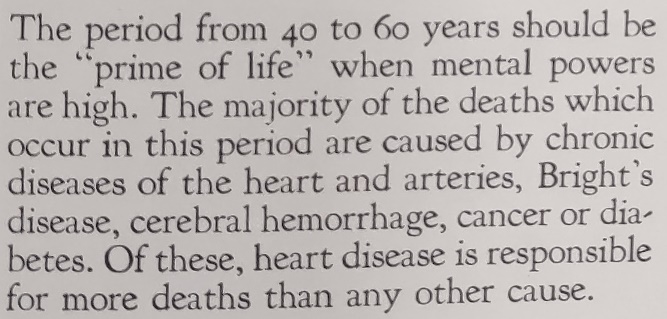
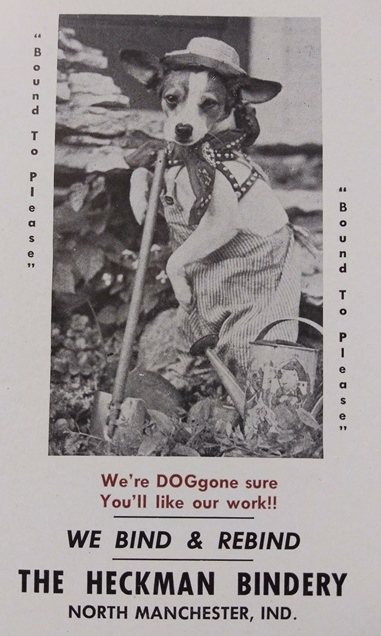
No doubt about it, those ads in the back of vintage college yearbooks are odd. But who can ignore this dandied-up pooch? Not me.
Some ads have state embodiments to catch your eye like Old Man Texas here.

Texas Power & Light does them one better with its intricate artwork.

Some ads are so simple, that they’re barely there.

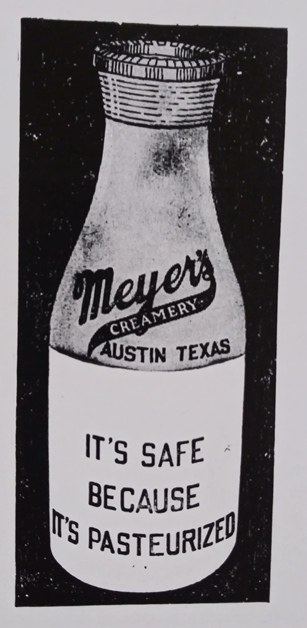
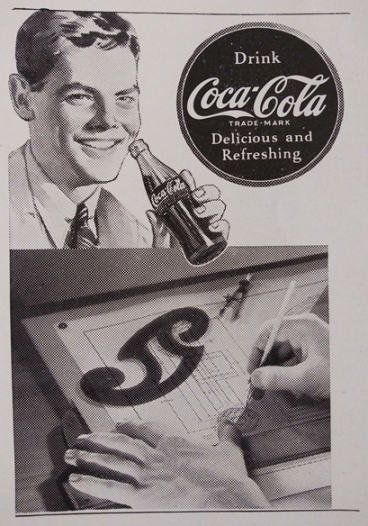
Some hardly make a lick of sense.
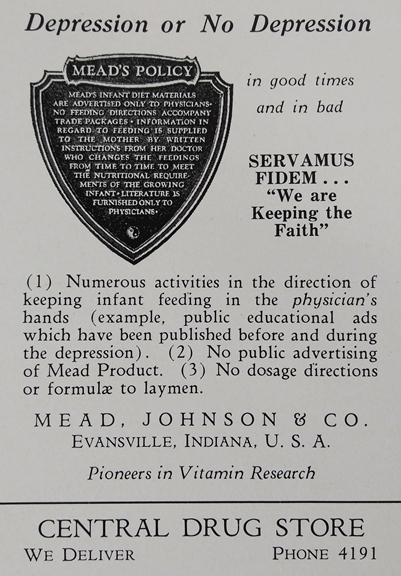
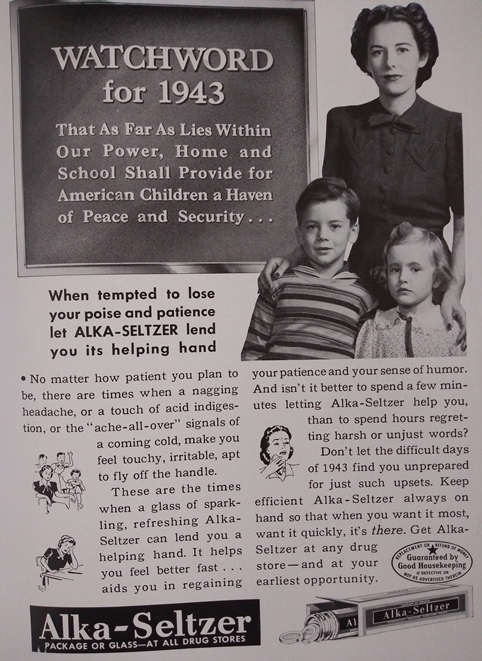
And some conjure up the devil himself!
